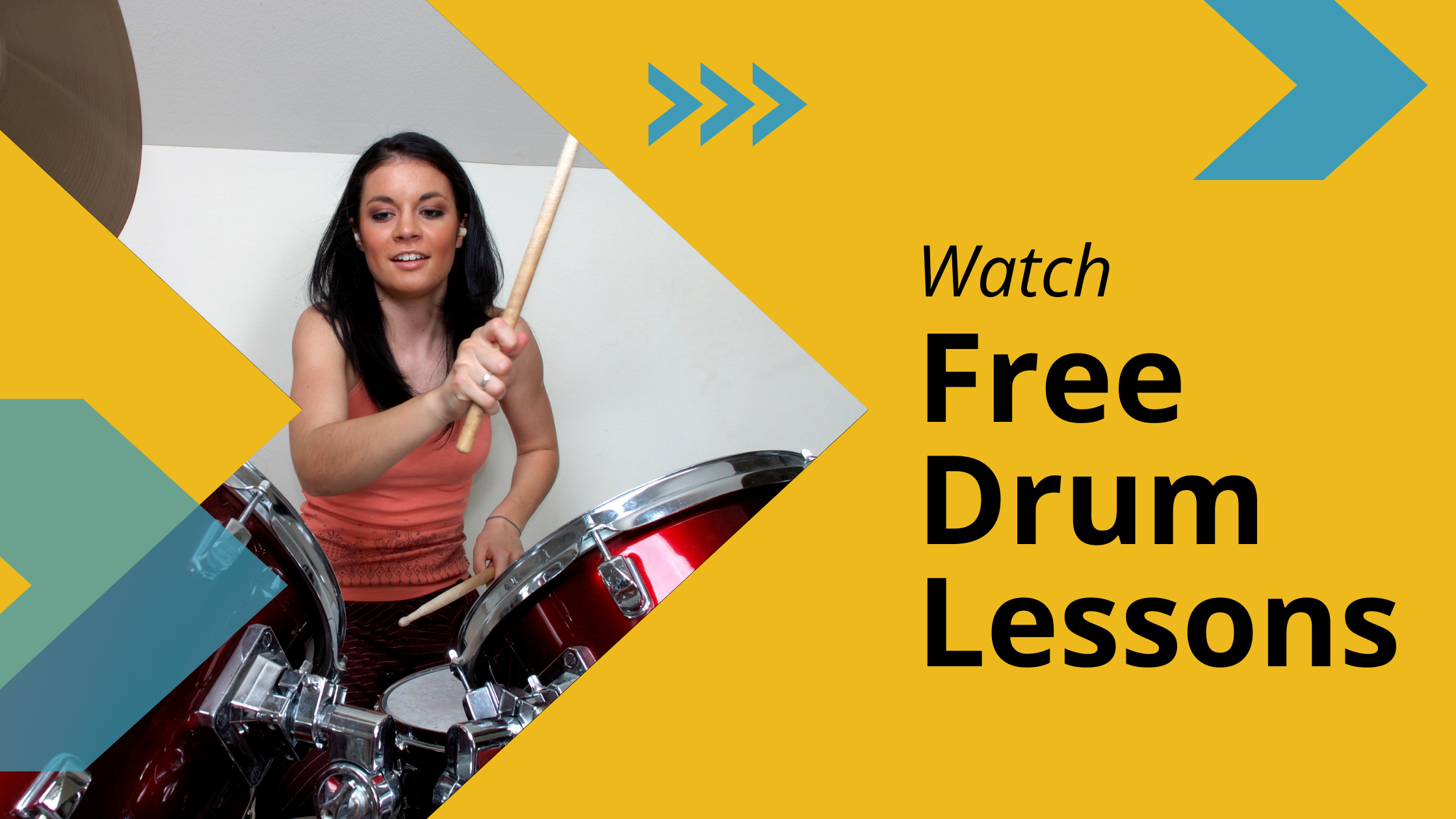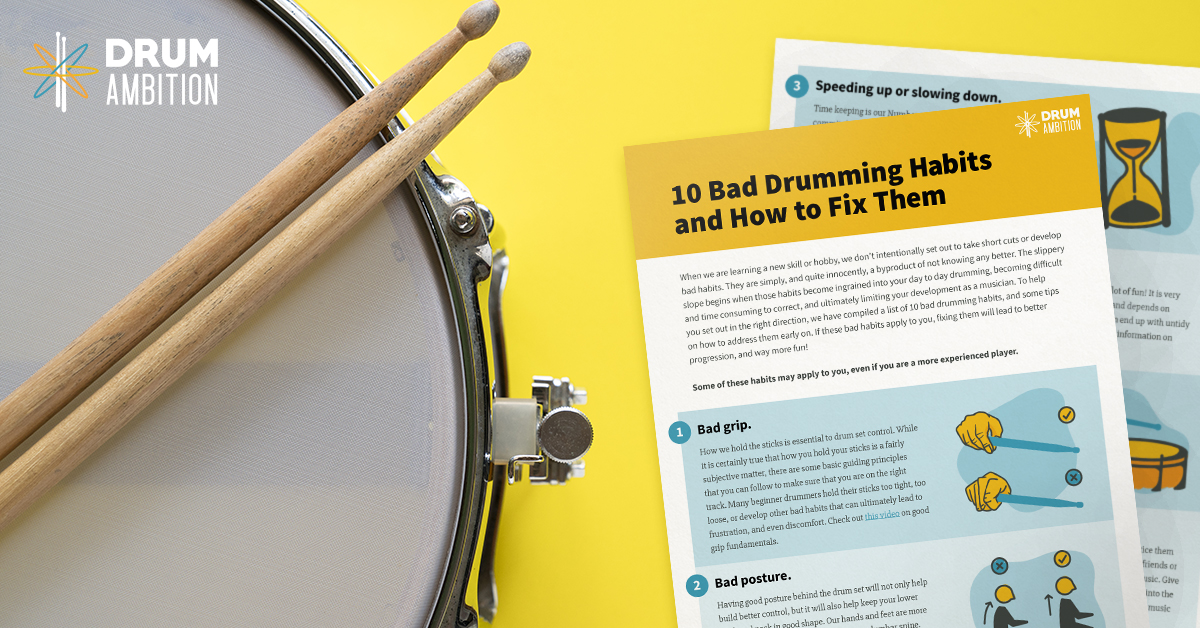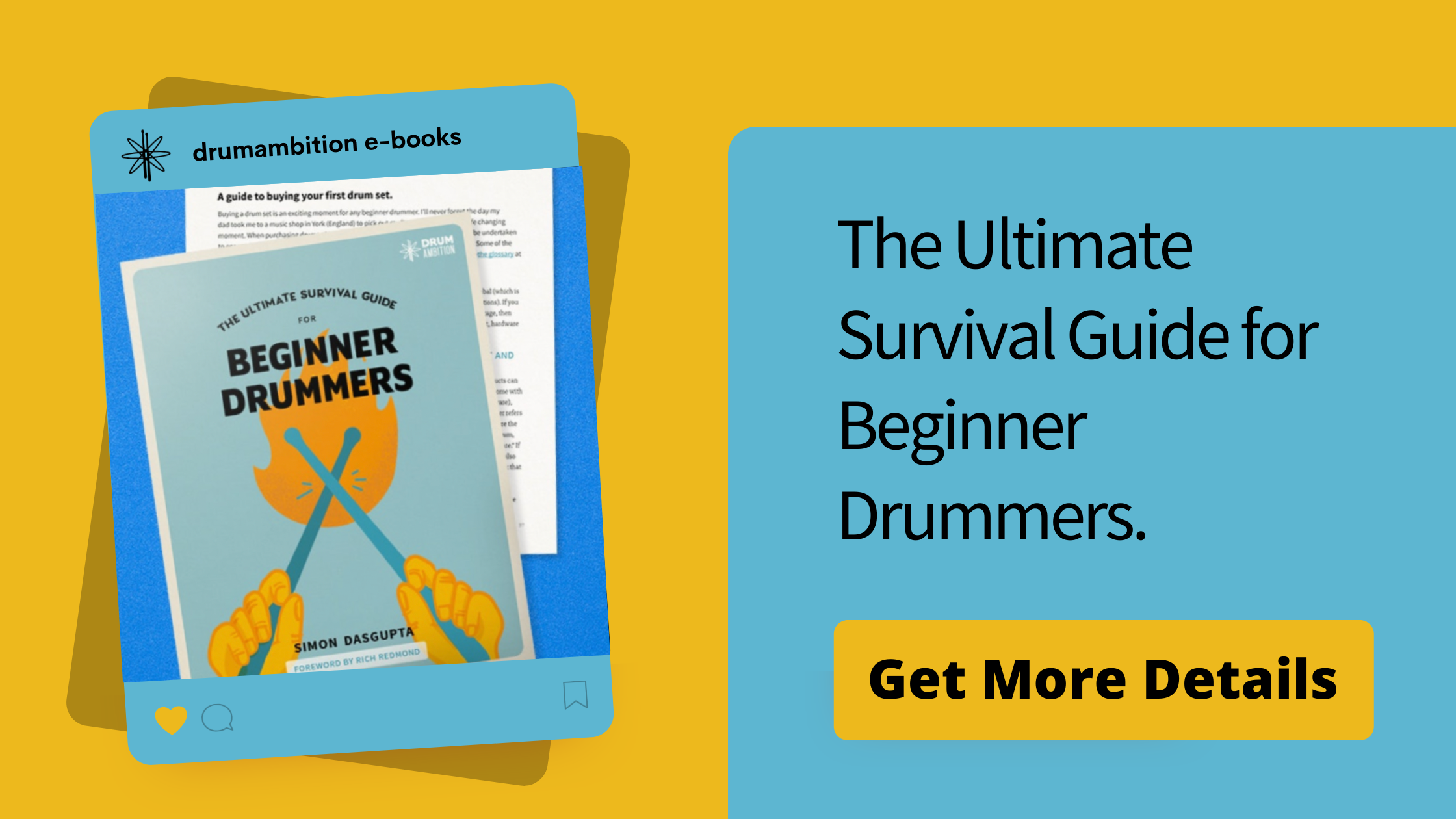Choosing which drum sticks to use can be slightly confusing when you are a beginner drummer. Different weights, lengths, compositions, and tips can make the decision unnecessarily tricky. Don't worry - we are here to help!
Your drumming buddies, celebrity drummers, and drum teachers will indeed all have a view on their favorite brands, stick weights, and features. Still, the most important thing to consider is what is comfortable and suitable for you, and this article will help identify some important considerations.
In the latest of our 5 Essential Facts Series, we give you quick and informative pointers on stick weights, composition, types of tips, and a couple of practical nuggets that might save you some beans in the long run. And of course, by beans, we mean money because, with the average price of a good pair of drum sticks being around $15, it's something you'll want to select and use appropriately. Just a quick heads-up before we dive deeper, there is also a video on drum stick selection, and you'll find it right here.
Helpful related articles.
1. The stick weight system looks complicated, but fear not!
5A, 2B, 5AN, 7A, 5B, Extreme 5A - the list goes on and on. Drum stick classification is unnecessarily confusing! Don't worry, because we're going to break it down. We always recommend that beginner drummers start with a 5A weight because it is considered the average weight. From there, you will be able to tell if it feels light, heavy, or just right. If you need a more lightweight stick, you then go for a 7A (We know - it makes no sense). If you want heavier, you go for a 5B (OK, that makes more sense), and if you want heavier still, you can try a meaty, if not numerically confusing, 2B weight.
Remember, we all have different sized hands and finger lengths, so what works for other people may not be the best for you - that's another reason why the 5A is a safe starting weight. It's worth noting that, for the most part, drum sticks are very similar in length. Some manufacturers make slightly longer sticks, and you can see the exact dimensions on their websites. The telltale sign that a stick might be slightly longer is usually found in the product title, such as "Extreme 5A" - a model offered by Vic Firth.
2. Sticks are made of different wood types. And metal - seriously?
The most common composition for sticks is hickory. It ticks all of the boxes in terms of weight, durability, and cost. Every drum stick manufacturer worth their salt has a hickory model, and they are by far the best selling sticks on the market and an excellent place to start. If you want a slightly more durable stick that will hold up to some heavy rock playing, you can opt for an oak model, and if you want a more subtle and lighter weight stick, then maple could be a good option. Certain manufacturers offer aluminum, composite, and graphite-based sticks - arguably more durable but with a price tag sometimes double to their wood counterparts. These variants have a very different feel to wood sticks, and while the point is to choose the product that works for you, we recommend wood sticks for beginner drummers.
3. Tips are plastic or wood.
Earlier, we alluded to the "N" in a stick model - the 5AN. The "N" refers to nylon, a plastic commonly used in tip manufacturing. The tip is made from wood if you see a stick notated with a "W" (such as 5AW). Choosing between a wood or nylon tip comes down to two things - sound and practicality. From a sound standpoint, a nylon tip will give your cymbal a slightly higher tone or brighter articulation when playing the tip directly onto the cymbal, but the difference is marginal at best. From a practical standpoint, a wood tip, unless badly damaged, is unlikely to separate from the stick body, whereas this can happen more often with plastic tips. Once the tip is lost, you are effectively playing your drums with a sharp edge, and you can imagine the damage that this can do to plastic drum heads if not seen straight away. For this reason, we recommend wood tip sticks for beginner drummers. It's worth noting that whether you choose wood or nylon, they are both very durable options, and developing good technique significantly reduces the chances of you damaging a tip.
4. Sticks are not indestructible.
Regardless of the weight or composition, drum sticks are not indestructible. The more you play, the more you will cause stress and natural wear and tear to your sticks over time, and eventually, they will need replacing. Like drum heads, this is one part of our equipment list that should be considered as consumables. The good news is that developing good techniques will prolong the life of your sticks and make you a more controlled and musical drummer. We discuss this in our free video, One Video Every Beginner Drummer Should Watch, as well as in our popular video blog, Should Drum Sticks Break?
5. Buying from a reputable brand is highly recommended.
The temptation is to go for the bargain bucket cheap sticks and buy multiple pairs just in case you break them. This can be a false economy. Cheap drum sticks are cheap for a reason, and we always recommend that you choose one of the well-established leading brands. These brands spend a lot of time and money on product research, development, and manufacturing, and you are much more likely to get a balanced, consistent, and quality product. The market leaders are, in no particular order; Vic Firth, ProMark, Regal Tip, Vater, and Zildjian.
Where to buy.
In our videos, Simon uses the Vic Firth 5A wood tip model. We've included links below so that you can purchase these sticks if you can't make it into your friendly local drum store. As an associate of Amazon.com, we may earn a commission if you choose to buy these products here.
We are here to help!
If you have any questions about this article, please feel free to email [email protected].



